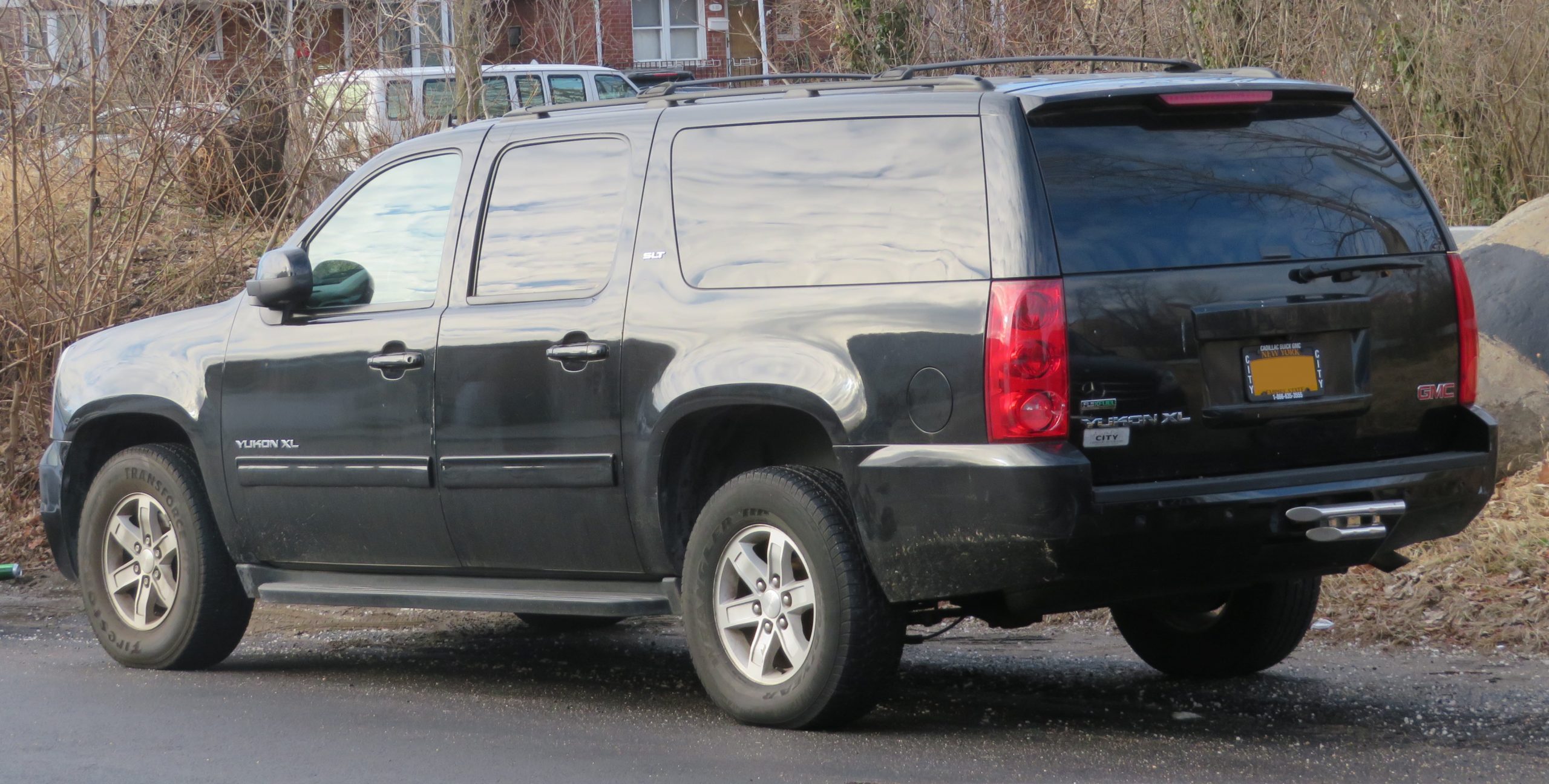The 2012 Chevrolet Tahoe 5.3L is a dependable SUV with powerful performance, but like any modern vehicle, it relies heavily on its Engine Control Module (ECM) to function efficiently. When the ECM encounters issues, it can lead to frustrating performance problems that affect drivability and reliability. This article dives into the most common ECM issues for the 2012 Tahoe and offers effective solutions to restore your SUV’s optimal performance.
Common ECM Problems in the 2012 Chevrolet Tahoe
ECM problems often present with specific symptoms that disrupt your Tahoe’s performance. Below are the most common issues:
- Intermittent Starting Failures: A failing ECM can disrupt communication between the engine and ignition systems, causing no-start or delayed starting issues. Symptoms include prolonged cranking or a complete failure to ignite.
- Reduced Engine Power: The ECM manages the air-fuel mixture and timing for optimal performance. A malfunction may trigger the “Reduced Engine Power” warning, limiting acceleration and throttle response.
- Check Engine Light: A persistent Check Engine Light is a hallmark of ECM problems. Related error codes include P0601 (Internal Control Module Memory Check Sum Error) or P0300 (Random Cylinder Misfire).
- Erratic Transmission Shifting: Faulty ECM signals can disrupt communication with the Transmission Control Module (TCM), causing delayed shifts, slipping, or jerking.
- Decreased Fuel Efficiency: An ECM that fails to regulate the air-fuel ratio correctly can cause excessive fuel consumption, reducing fuel economy.
- Communication Errors: A compromised ECM may fail to communicate with diagnostic tools or control modules, complicating troubleshooting efforts.
Recognizing these symptoms is the first step in addressing ECM problems. Next, let’s explore the primary causes of these malfunctions.
Primary Causes of ECM Malfunction
Understanding the common causes of ECM failure helps in effective troubleshooting and prevention:
- Moisture Intrusion: Water damage from leaks or excessive moisture corrodes internal components, leading to erratic ECM behavior.
- Electrical Overloads: Voltage spikes from alternator issues or improper jump-starting can fry the ECM’s sensitive circuits.
- Wiring and Connector Issues: Frayed wires or corroded connectors interrupt the ECM’s communication with engine components.
- Physical Damage: Over time, engine vibrations or extreme temperatures may crack the ECM housing, exposing internal components to harm.
By identifying these causes, you can narrow down potential ECM issues. Let’s move on to effective solutions to resolve these problems.
Solutions to ECM Problems
Addressing ECM issues often requires a structured approach, from diagnostics to repairs or replacements. Here are practical solutions:
- Run a Diagnostic Scan: Use an OBD-II scanner to identify error codes and determine if the ECM or another component is at fault. Look for codes related to ECM memory or communication errors.
- Inspect Electrical Connections: Check ECM wiring and connectors for corrosion or physical damage. Cleaning and securing connections can restore proper communication.
- Perform an ECM Reset: Disconnect the battery for 15–30 minutes to reset the ECM. This can often resolve minor software glitches.
- Reprogram the ECM: Outdated or corrupted ECM software can be restored with a professional reflash using updated firmware.
- Replace the ECM: If diagnostics confirm ECM failure, replacing it with a new or refurbished unit may be necessary. Ensure the replacement ECM is programmed for your 2012 Tahoe.
- Prevent Future Issues: Install a moisture-resistant housing or shield around the ECM to protect it from water intrusion. Regularly check the alternator and battery to prevent electrical overload.
These steps provide effective ways to resolve ECM issues and prevent future occurrences. Let’s discuss how proactive maintenance can help protect your ECM.
Preventative Maintenance for ECM Longevity
Regular maintenance can reduce the likelihood of ECM failures and extend its lifespan:
- Inspect Seals and Housing: Ensure the ECM’s housing is secure and free from cracks that could allow moisture entry.
- Regular Diagnostic Checks: Periodic scans with an OBD-II tool can catch ECM-related problems early before they escalate.
- Monitor Electrical Systems: Keep the battery and alternator in top condition to avoid voltage spikes that could damage the ECM.
- Avoid Harsh Conditions: Limit exposure to extreme temperatures or environments that could accelerate ECM wear.
These preventative measures help safeguard your Tahoe’s ECM, ensuring consistent performance.
When to Consult a Professional
If your troubleshooting efforts don’t resolve the problem, it’s best to consult a qualified technician. Professional diagnostic tools can pinpoint ECM issues with greater accuracy, and experts can reprogram or replace the module if necessary.
Conclusion
The ECM in your 2012 Chevrolet Tahoe 5.3L is integral to its performance and reliability. Addressing ECM issues promptly will save you time, money, and frustration while ensuring your vehicle continues to deliver the power and dependability you expect. Regular maintenance and early diagnosis are key to avoiding prolonged downtime and costly repairs.
Contact Us
Ready to start with Electronic Control Modules tailored to your needs? Fill out the form below, and we’ll help you find the perfect solution. Complete in a minute, and our team will provide the expert support and service you need.
